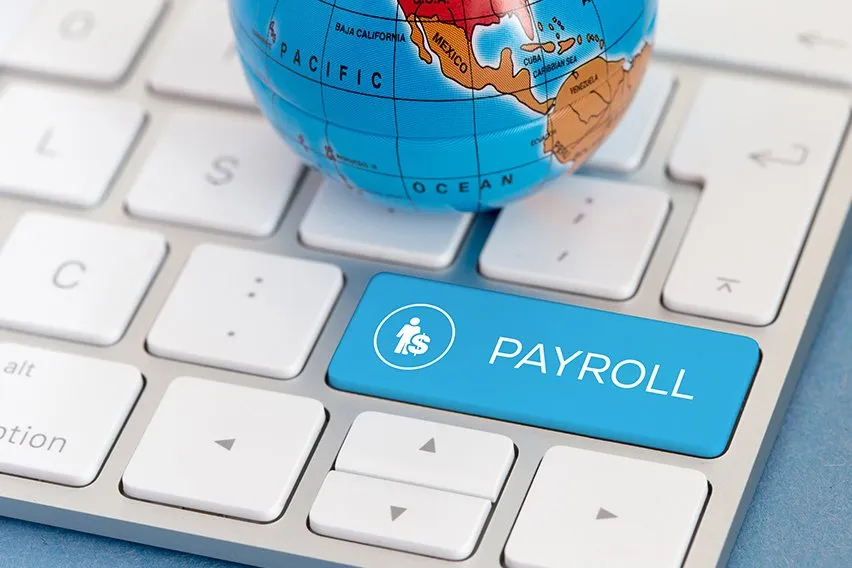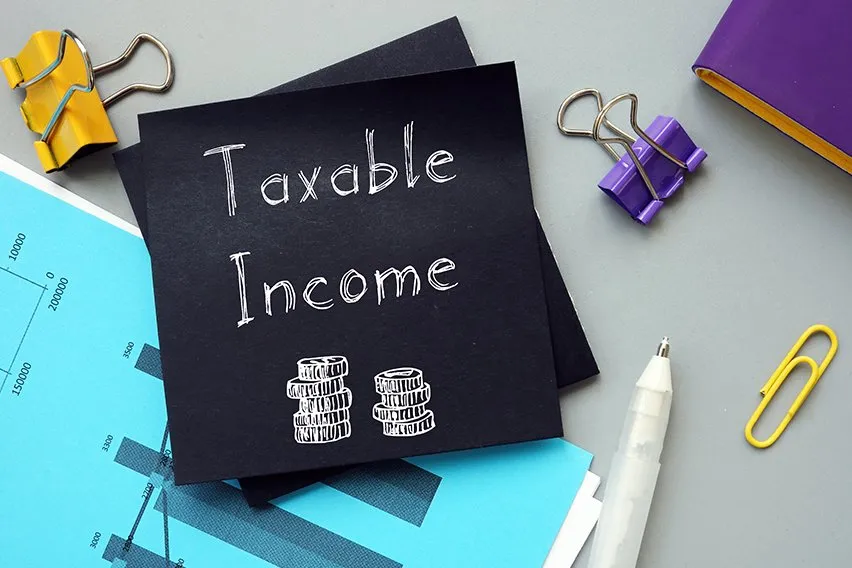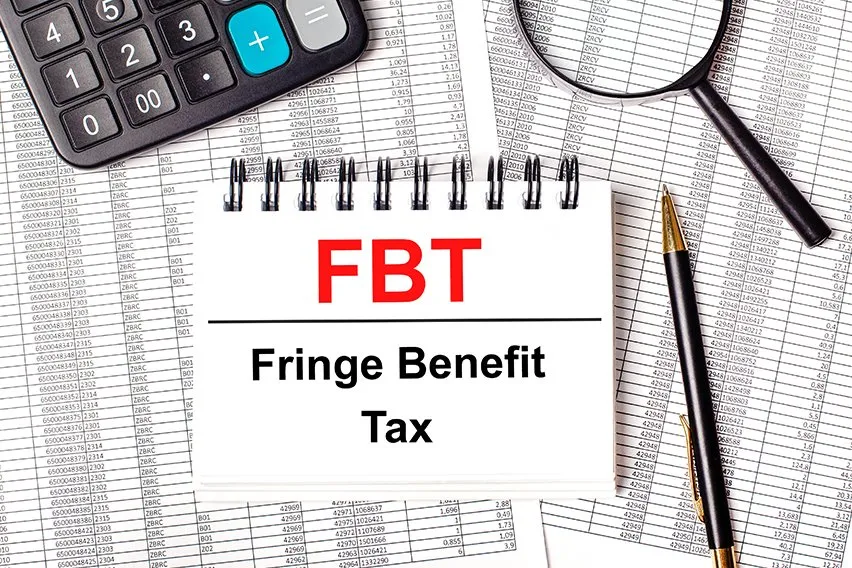What Is Single Touch Payroll (STP) & How It Works?

Single Touch Payroll (STP) is a payroll system. All the relevant information needed to calculate an individual’s pay and tax deductions are captured in one process. STP simplifies the process of calculating wages by eliminating the need for multiple rounds of data entry. Instead, with Single Touch Payroll, employers input employee-specific information at the time they hire them. Then they enter their hours worked on a weekly basis. The employer can either use software or manually input this data into their payroll system.
This article will discuss single touch payroll in depth. Topics will include what it is, how it works and more.
Here’s What We’ll Cover:
What is Single Touch Payroll (STP)?
What Are the Pros & Cons to Single Touch Payroll?
How Do Single Touch Payroll Systems Work?
What Single Touch Payroll Means for Employees
Key Takeaways – Single Touch Payroll
What is Single Touch Payroll (STP)?
Single Touch Payroll (STP) is a way of paying your employees. It can be included in your payroll software. It gathers all the relevant information needed to calculate their wages and tax deductions in one process. The data required for this process will be gathered when the employee is hired. Any changes to their pay or deduction rates can be inputted weekly. This is done through an electronic service. An external provider hosts this. STP simplifies the calculation of wages by eliminating one data entry process for employers.

What Are the Pros & Cons to Single Touch Payroll?
Single touch payroll has many pros and cons. Many of these revolve around the quality of information collected. There are also concerns about how secure this service is, especially if it’s hosted externally.
Pros for Single Touch Payroll
- Data Quality. Information entered at hire will be correct from start to finish
- Decrease in Errors. By eliminating one process, there are fewer human errors
- Lower Cost. By eliminating one payroll process, there are significant cost savings to be had.
- Single Touch Payroll can also offer employers peace of mind. It ensures that all the information they need is easy to find. This makes it easier for them to stay compliant with state and federal regulations. It’s also more convenient since they only have one place to look for their employee data.
- Hiring Process Improvement. Single touch payroll can also offer employers a better understanding of the hiring process. This makes it easier to find qualified candidates and improve upon your processes.
- Simple payment summaries for eligible employers
Cons for Single Touch Payroll
- Not Great with Additional Deductions/Credits. Due to the automated nature of the system, STP systems are not flexible when it comes to making changes. This can make them difficult if you need to make changes. These would include adding deductions or credits after your employees have already been hired.
- Data Security Concerns. Many payroll systems store all of the data in their own databases. For single touch payroll, this is hosted by an external provider. This raises questions about data security and what happens in the payroll event of a breach?
- Single Touch Payroll & Federal Compliance Concerns. In most cases, single touch payroll isn’t compliant with federal regulations. For example, they may not allow you to retain your own real-time records or be able to do a comparison audit.
How Do Single Touch Payroll Systems Work?
Single touch payroll is an automated system that records employee time and date stamped entries. This information can be used to calculate pay, tax deductions and more. It’s all collected in one place for employers to use for payroll purposes. This makes it easier to stay compliant with regulations while cutting costs and improving efficiency.
The main step to using a single touch payroll system is hiring. All of the data collected at hire will be used for future calculations and payroll reporting requirements. This includes information like full name, contact information and social security number. It may also include things like date of birth and marital status for calculations purposes.

What Single Touch Payroll Means for Employees
Single touch payroll can be confusing for some employees. It’s a big change. Many of the finer details may not be immediately apparent. Some employees may not realize the time they worked isn’t being tracked by their employers. They may assume that they have to keep track of all this. This is a burden for them. Employees who work as contractors or on a commission basis may also find that single touch payroll does not work well with their situation.
There is also some concern about how secure this new system is. Employees may be concerned about the safety of their data. They may also worry that they won’t be compensated for all of their hours worked.
In some cases, employers use single touch payroll to offer employees a clear overview of what they’re owed at any given time. However, not all employers share
Key Takeaways – Single Touch Payroll
Single Touch Payroll (STP) is a payroll solution. It is a system that simplifies the calculation of wages by eliminating one process of data entry for employers. STP gathers all the relevant information needed to calculate their wages and tax deductions in one process. The data required for this process will be gathered at the time they are hired. Any changes to their pay or deduction rates can be inputted weekly. This is done by an electronic service provider.
Some employees may not realize how much more efficient single touch payroll can make them. If you want your company to save money on labor costs while improving accuracy, then STP might just be worth exploring! It can also make reporting to government services easier.
This article discusses the details of single touch payroll. You learned what it is, the pros and cons and much more. Hopefully, this article clears up all of your questions about single touch payroll.
If you enjoyed reading this article, check out our Resource Hub to find out more.
RELATED ARTICLES

 What Is a BAS Statement? A GST Guide
What Is a BAS Statement? A GST Guide What Expenses Can Be Claim on Tax Deductions Without Receipts?
What Expenses Can Be Claim on Tax Deductions Without Receipts? What Is Taxable Payments Annual Report (TPAR)?
What Is Taxable Payments Annual Report (TPAR)? How to Apply for an ABN (Australian Business Number): A Guide
How to Apply for an ABN (Australian Business Number): A Guide How to Calculate GST Payable in Australia?
How to Calculate GST Payable in Australia? A Comprehensive Guide to Fringe Benefits Tax
A Comprehensive Guide to Fringe Benefits Tax